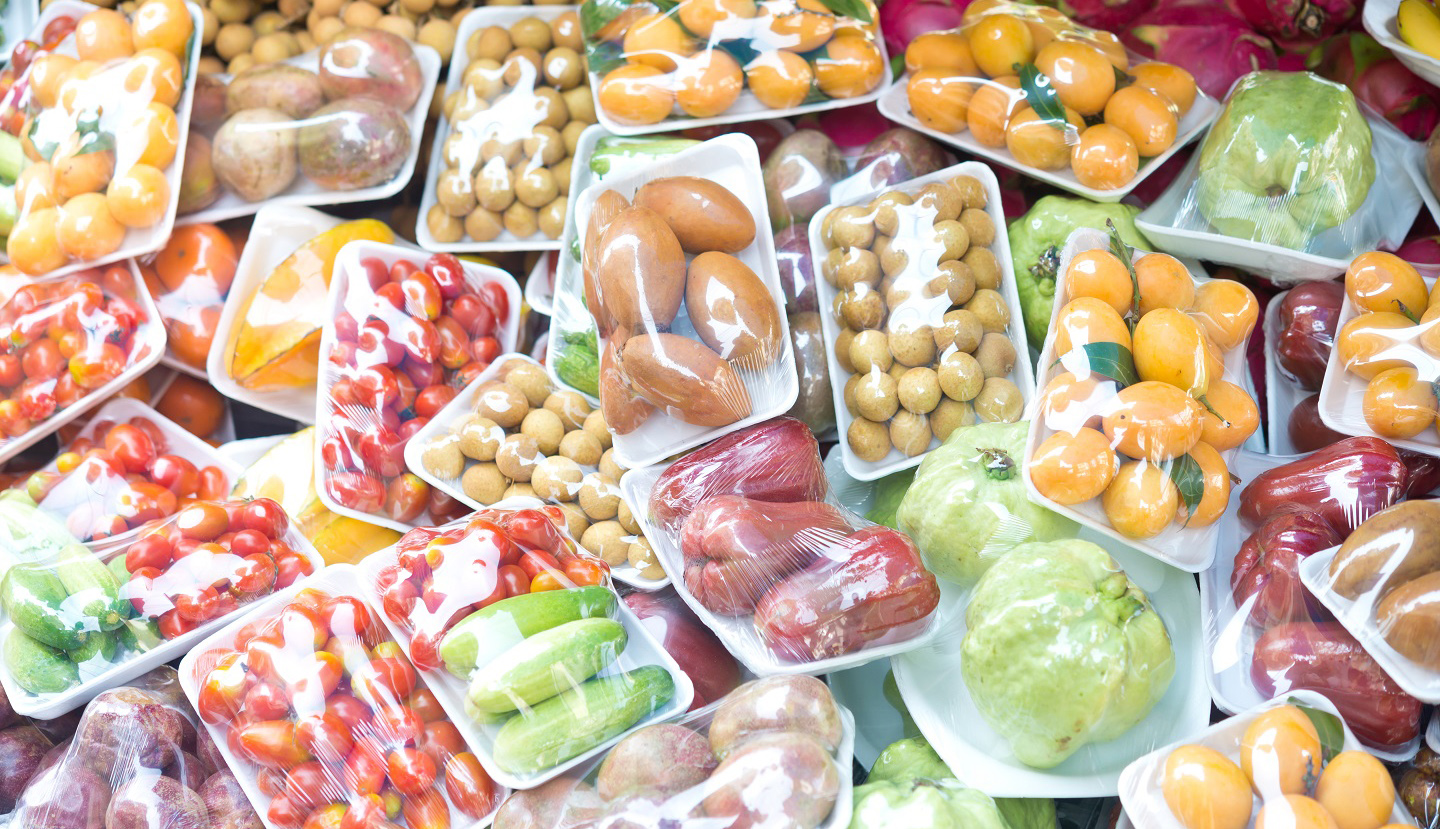Why does the bioplastics tool exist?
The online tool was developed by the Assoziation ökologischer Lebensmittelhersteller e.V. (Association of Organic Food Manufacturers, AöL) as part of the project “Options for action for the use of sustainable bio-based plastics as packaging for food” funded by the Federal Ministry of Food and Agriculture (BMEL). In a subsequent project funded by the BMEL, “Updating of and necessary further development of the bioplastics tool for packaging materials of significance on the market in order to increase the spread and acceptance of the use of sustainable bio-based plastics as packaging materials for foodstuffs” – (BioVP2), it was extensively revised. Packaging and food manufacturers as well as experts from the scientific community were involved in this project.
This online tool provides information on the six major groups of bio-based plastic materials currently on the market.
This information relating to the four criteria of ecology, social aspects, safety & technology and quality is collected and evaluated based on sub-criteria such as land use, life cycle assessments, social standards and migration. The assessment is based on the quantity (number) and type (interview, website, study, etc.) of the available information sources and the suitability of the information for making assessments (positive assessment / assessment in individual cases / predominantly critical assessment). As an aid to decision-making, the material groups can be compared with each other in terms of their assessment.
Details on how to use the tool can be found in our “Manual”.
What are bio-based plastics and why is there demand for them?
Today, it is impossible to imagine everyday life without plastics. From medical to technical applications and also in food packaging, these materials are used in almost all areas of daily life. According to statista.de, “the annual global production of plastics has risen sharply over the past 70 years or so – to a level of around 350 million tonnes in 2017. This means that the production volume alone of plastics worldwide has increased approximately sevenfold compared to 1976.”
The vast majority of these plastics are made from fossil raw materials, which are currently being consumed by humankind faster than they regenerate through natural, geological processes. In light of this, bioplastics based on renewable raw materials represent a promising alternative. Bioplastics or bio-based plastics are plastics which are produced using renewable raw materials.
However, the term “bioplastic” is not always used uniformly. In the bioplastics tool, the project team has chosen the term “bio-based plastics”. Therefore, the selection of the described marketable bio-based materials refers to biodegradable plastics, non-degradable plastics and plastics made in part from oil, such as PET. Called drop-in plastics, some of them, such as PE, for example, can be produced both using mineral oil and using renewable raw materials. For bioplastics, manufacturers mainly use sugar, starch and cellulose as starting materials, which they extract from plants such as maize, sugar cane, sugar beets or wood. The advantages and disadvantages of selecting the materials in the tool are compared with the following sustainability criteria in the tool: ecology (including cultivation of the raw materials and processing), social compatibility, safety and technology, and quality.
Standard plastics are currently mostly produced from oil, natural gas and coal, which means that the price of crude oil has a direct impact on the price of plastics. Rising energy and raw material requirements worldwide are increasing this price, which can lead to political conflicts in producing countries. A further increase in demand will lead to oil being extracted using methods that are increasingly harmful to the environment. This is why, for example, fracking methods are being used in the USA and Russia, and in Canada and the USA it is extracted from tar sands. Both are practices which are strongly criticised, particularly by environmental organisations. In addition, they continuously increase land consumption, e.g. through pipeline leakage, fracking or extraction from tar sands. These areas are lost to food production in the long term. Drilling for oil, e.g. in the Arctic and the deep sea, is also a highly problematic practice environmentally. Today’s bioplastics hardly compete with standard plastics in terms of price. However, their market share is increasing due to growing environmental awareness among the public.





